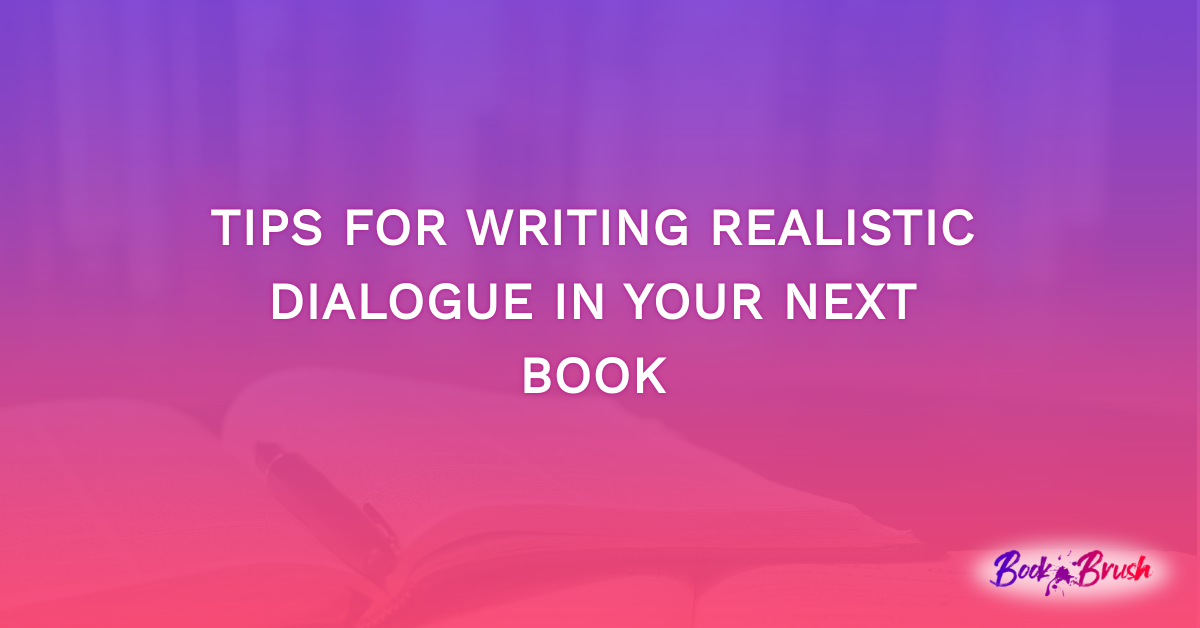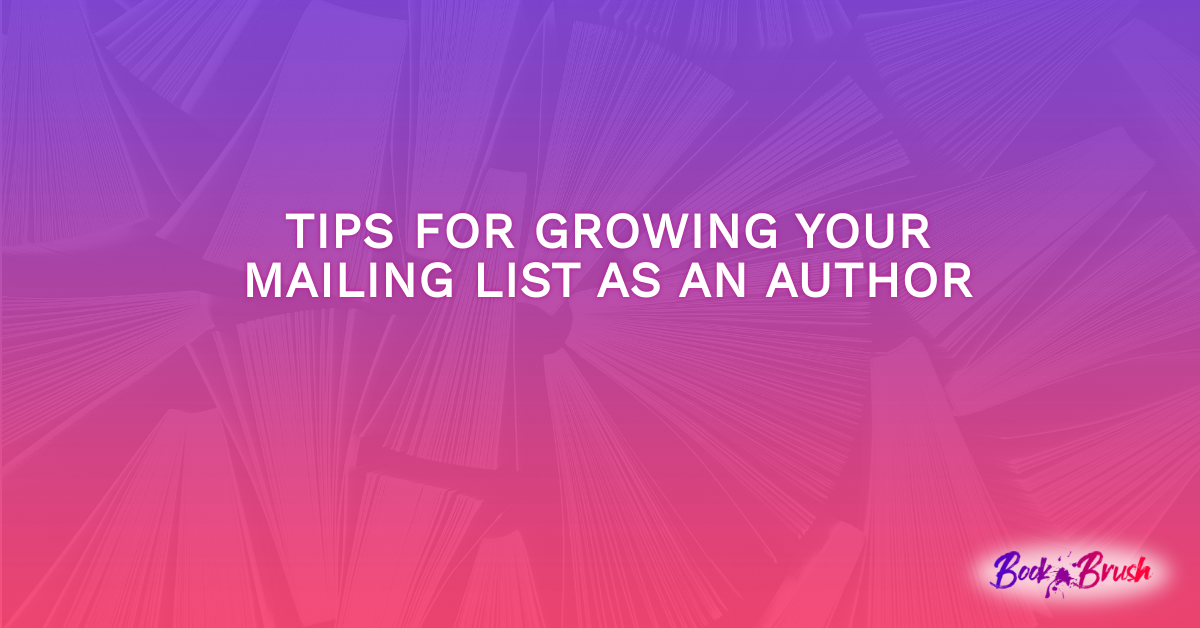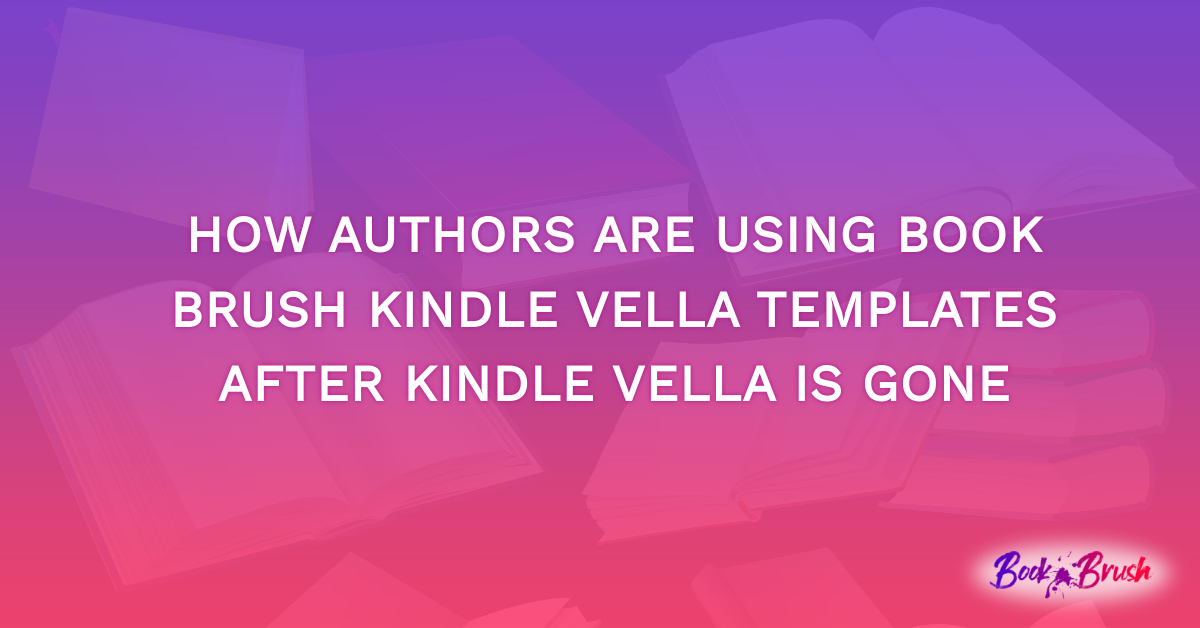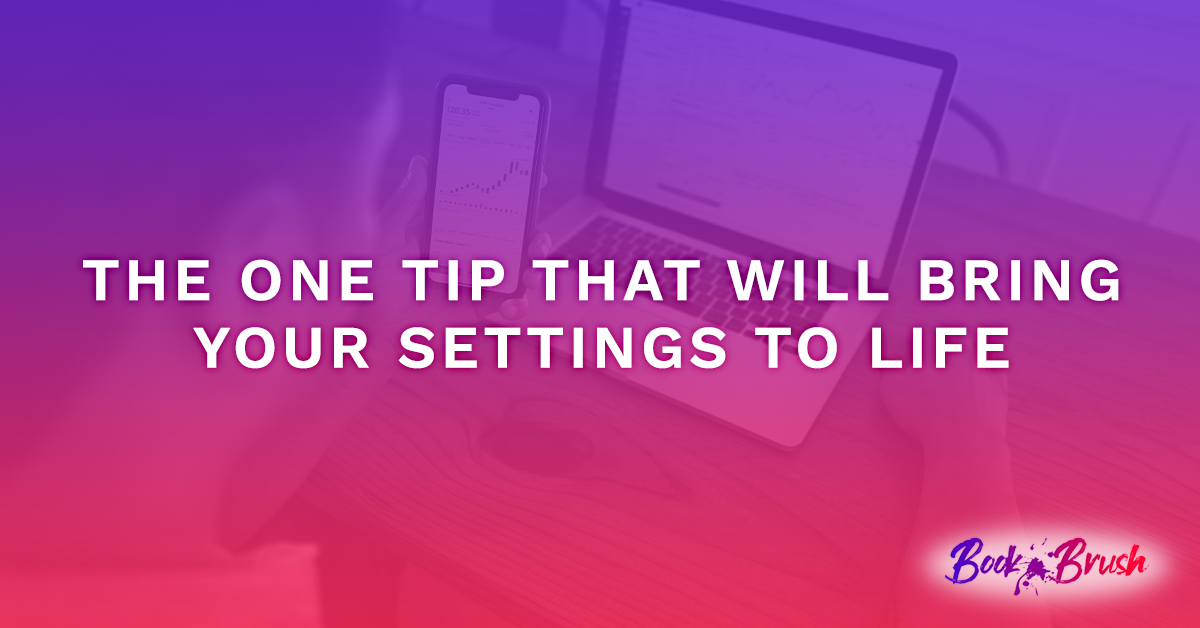Do you feel like your dialogue seems too scripted and that it just doesn’t flow naturally? You’re not alone! It can be challenging to craft a conversation while trying to sell it like it happened in real life. However, there are little tips you can use that can take your dialogue to the next level and bring your characters to life. Below, we discuss a few tips for writing realistic dialogue in your next book.
Use Natural Language
In real life, most people don’t use perfect grammar when they speak to a friend or an acquaintance. Typically, they will occasionally pause to collect their thoughts before they speak, use slang, and use filler words “but,” “like,” and “uhm.” You won’t want to use filler words with every character in every sentence, but throwing a few into your dialogue will make it seem more realistic and natural.
Avoid Small Talk
In real life, we make small talk with those around us, like co-workers, friends, and acquaintances to fill dead air so it’s not awkward. However, in a book, you’ll only want to write dialogue that’s meaningful or that will reveal something. Otherwise, your readers will get bored if your book is full of characters discussing the weather or what they ate for dinner the night before.
Pay Attention To Tags
It’s important that you pay special attention to tags. Dialogue tags are used to distinguish who is speaking and indicate how they are speaking. While these help create a realistic conversation and give the reader a mental image of how the conversation is going, you don’t want to use too many tags. That will end up just confusing the reader in the end. Sometimes just using simple tags, like “she said” and “he said” is enough.
Interrupt Dialogue
When you have a conversation with someone, do you both sit completely still and stare at each other while the other person talks? No, because that’s strange and unnatural. The same goes for book characters. To make the dialogue seem a little more realistic, interrupt long stretches of dialogue to check in with the other characters to show their reaction to the conversation. For example, Billy has been droning on about what he ate for lunch for fifteen minutes. Halfway through the conversation, Susie yawns because she’s bored. While this is a minor detail, it showcases emotion. It sets a more natural tone of what would happen in real life and tells you a little more about their personalities just in that snippet of information. Don’t interrupt every piece of dialogue, but interrupting occasionally will add a more natural and realistic touch to the dialogue and story.
Create Unique Speech Patterns
In the real world, everyone has their own personality, voice, and speech pattern. It should be the same way in the book world. Adding little touches to each character’s speech pattern will make a big difference. For instance, Billy is shy, so he may have a lot of pause breaks and says “uhm” when he’s nervous. Susie is strong, independent, and gets to the point with her sentences. Keep in mind, that you need to stay consistent with their tone and speech patterns throughout the story to differentiate the characters.
Don’t Forget To Read Out Loud
While reading your dialogue out loud may seem silly, it works! It allows you to hear how the dialogue sounds, and you’ll get a feel for the rhythm of the conversation. You’ll also get to see how it flows.
In Conclusion
In conclusion, by utilizing some of these tips, you’ll make conversations in your book seem and feel more authentic, allow your reader to connect deeper with the characters, and strengthen and enhance your book. You’ll be able to transport your readers into a new world where they can imagine and see these conversations actually happening.
Once you’ve finished writing your book, the next step is to create a book cover to complete your book. With Book Brush, creating your book cover couldn’t be easier! Book Brush is a tool for authors that allows you to make a variety of different graphics to promote your book. You’ll be able to make book covers, ads, book trailers, bookmarks, and more. You can create a cover in just a few steps. We even have cover templates you can use to make the process even simpler. With your strong and realistic dialogue and your new book cover, you’ll have an incredible book that your readers won’t be able to put down!






